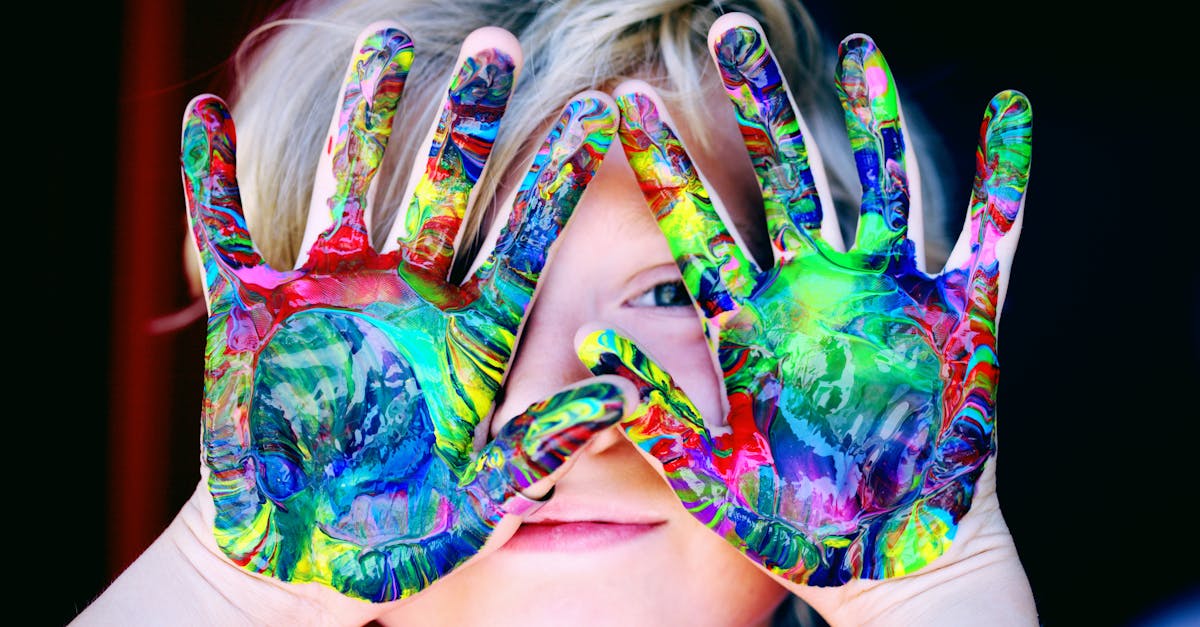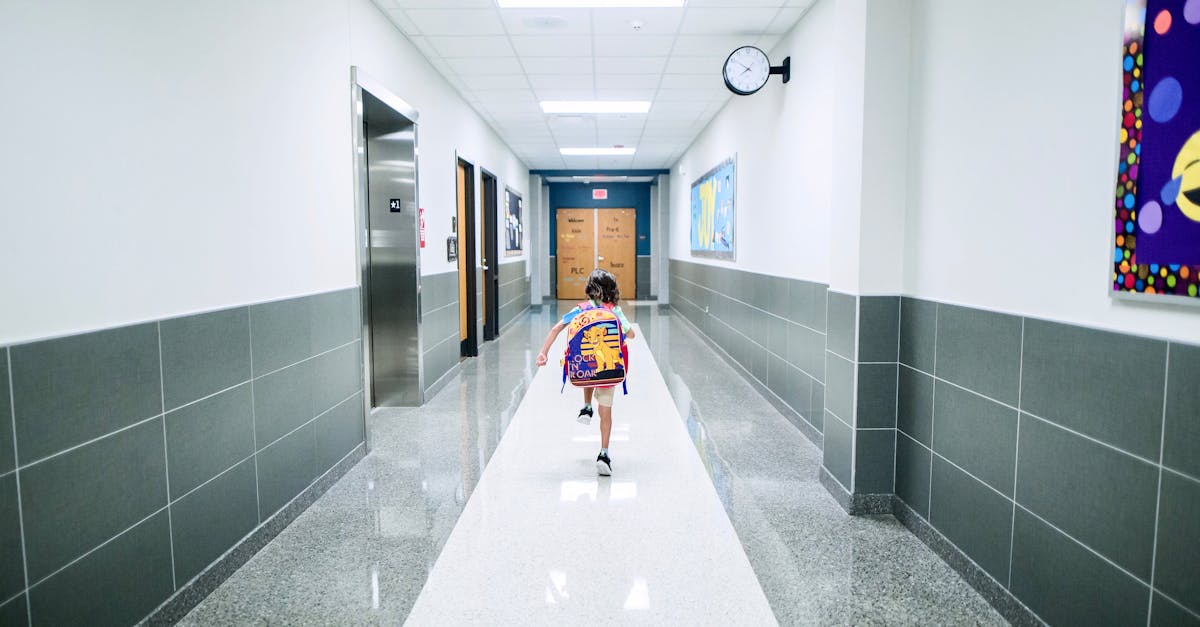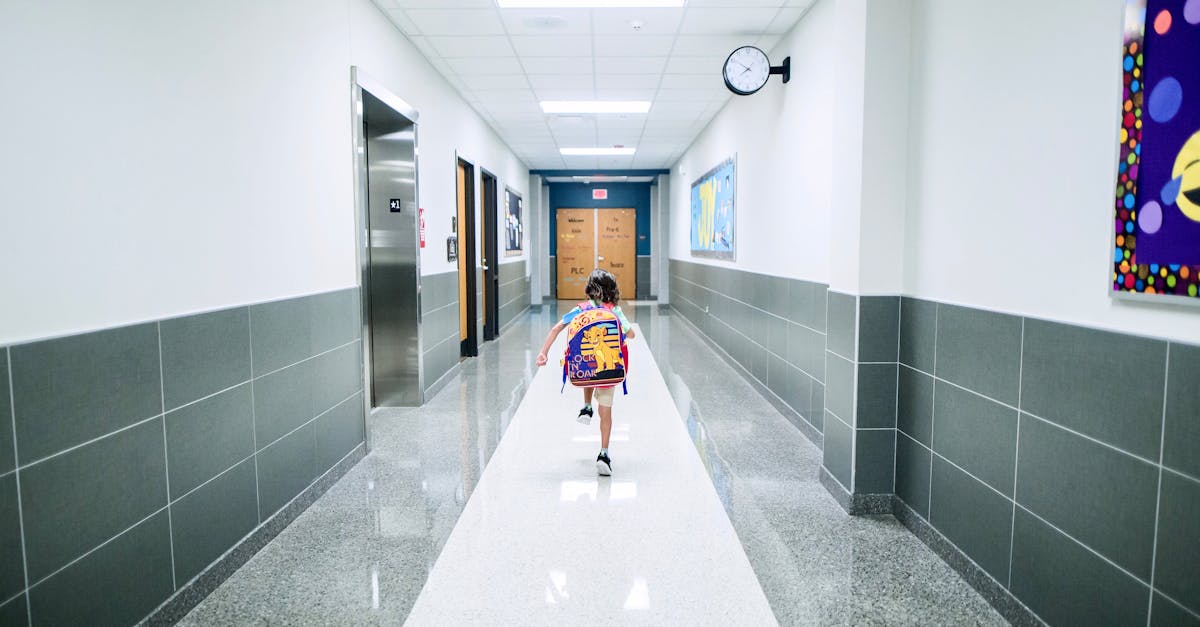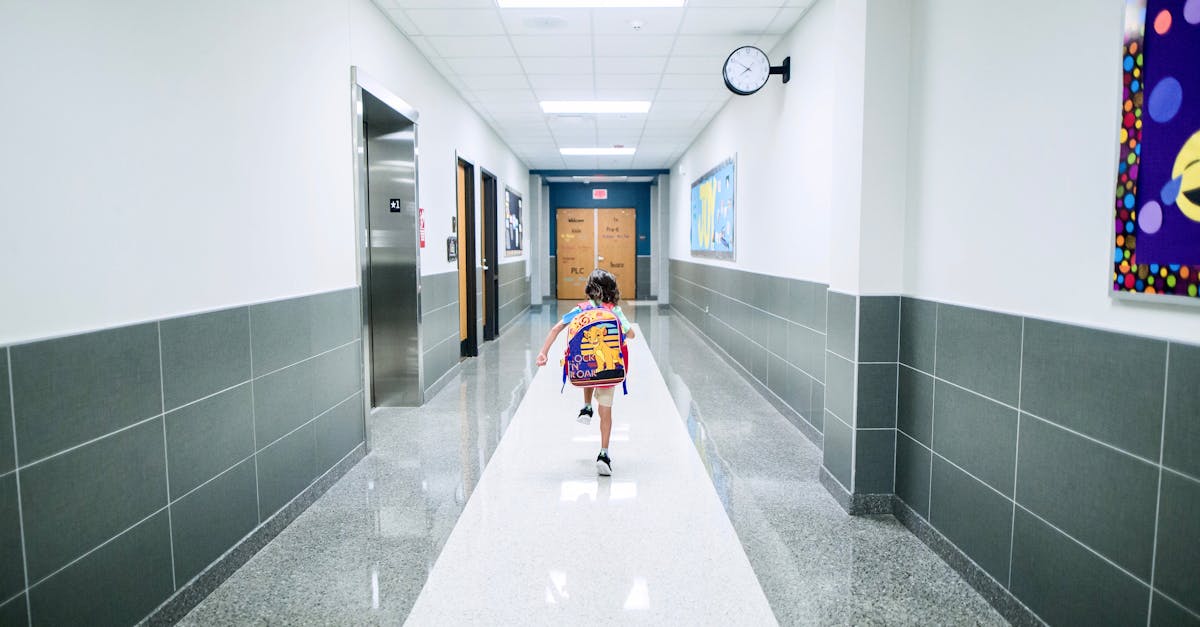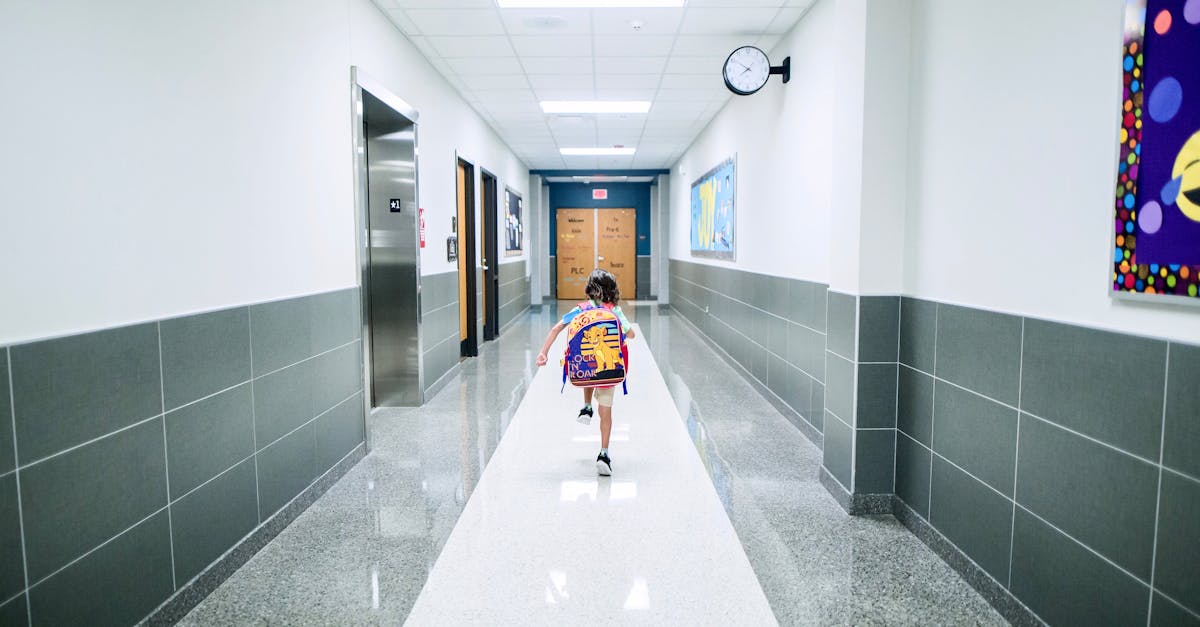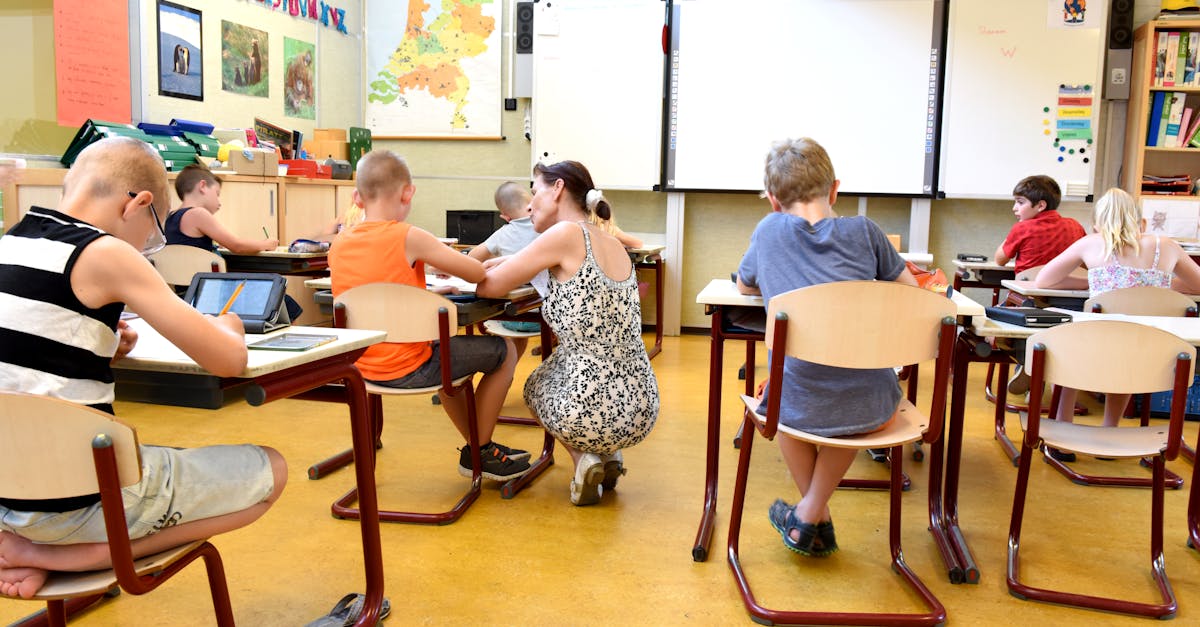SEMH in Schools: Understanding and Supporting Social, Emotional and Mental Health Needs
Introduction to SEMH in Schools
Definition and Scope of SEMH
Social, Emotional and Mental Health (SEMH) needs refer to a broad spectrum of challenges that affect a student's ability to manage their emotions, build relationships, and engage effectively in learning within school settings. SEMH needs encompass a range of difficulties, from anxiety and depression to behavioural challenges and social skills deficits. In the context of education, SEMH is recognised as a type of special educational need, reflecting the significant impact these challenges can have on a student's educational experience and overall wellbeing.
The Importance of Addressing SEMH in Educational Settings
Addressing SEMH needs in schools is crucial for several reasons. Firstly, it directly impacts a student's ability to learn and achieve academically. Students struggling with SEMH difficulties may find it challenging to concentrate, participate in class, or complete assignments. Secondly, SEMH support is vital for developing resilience and coping skills that will serve students throughout their lives. Finally, by creating an environment that supports emotional wellbeing, schools can foster a positive, inclusive atmosphere that benefits all students, not just those with identified SEMH needs. Recent figures estimate that around 150,000 children in mainstream and special schools are experiencing SEMH challenges, highlighting the scale of the issue and the need for comprehensive support strategies.
Understanding SEMH Needs in School Contexts
Common Characteristics of SEMH Difficulties
SEMH needs can manifest in various ways within the school environment, and it's important to recognise that each student's experience is unique. However, some common characteristics include:
- Difficulty in regulating emotions, leading to outbursts or withdrawal in class
- Challenges in forming and maintaining relationships with peers and teachers
- Persistent low mood or anxiety that affects school attendance and participation
- Disruptive or challenging behaviour that impacts the learning environment
- Poor self-esteem and lack of confidence in academic abilities
- Difficulty in focusing and participating in learning activities
- Social isolation or difficulties in group work situations
These characteristics can vary in intensity and may change over time, highlighting the need for ongoing assessment and support within the school setting.
Factors Contributing to SEMH Challenges in Schools
SEMH needs can arise from a complex interplay of factors within and outside the school environment, including:
- Academic pressures and performance expectations
- Peer relationships and social dynamics within the school
- Family circumstances and home environment
- Traumatic experiences or significant life changes
- Neurodevelopmental differences or learning difficulties
- School climate and culture
- Transitions between educational stages or schools
Understanding these contributing factors is essential for developing comprehensive support strategies that address the root causes of SEMH difficulties in educational settings.
Identifying SEMH Needs in Students
Observable Behaviours and Indicators
Educators play a crucial role in identifying potential SEMH needs. Some observable behaviours and indicators within the school context include:
- Sudden changes in behaviour or academic performance
- Frequent emotional outbursts or mood swings in class
- Social isolation or difficulty interacting with peers during group activities
- Excessive worry or fear about school-related situations
- Physical complaints without apparent medical cause
- Difficulty concentrating or following instructions in lessons
- Aggressive or defiant behaviour towards teachers or peers
- Persistent lateness or school avoidance
It's important to note that these behaviours should be observed over time and in various school contexts to accurately identify potential SEMH needs.
Assessment Tools and Techniques for Schools
Schools can use a range of assessment tools and techniques to identify and understand SEMH needs more comprehensively:
- Standardised questionnaires and rating scales, such as the Strengths and Difficulties Questionnaire (SDQ) or the Boxall Profile
- Observational assessments in various school settings (classroom, playground, etc.)
- Interviews with the student, parents, and teachers
- Functional behavioural assessments to understand the purpose of specific behaviours in the school environment
- Collaborative assessment approaches involving school counsellors, educational psychologists, and other professionals
- Review of academic records and attendance patterns
These assessments should be conducted sensitively and ethically, with a focus on understanding the student's needs rather than labelling them. The goal is to inform appropriate support strategies within the school setting.
The Impact of SEMH on Learning and School Experience
Academic Performance and Engagement
SEMH needs can significantly impact a student's academic performance and engagement in several ways:
- Difficulty concentrating and processing information during lessons
- Reduced motivation and interest in learning activities
- Inconsistent attendance due to anxiety or other emotional challenges
- Trouble completing assignments or participating in group work
- Underachievement despite having the cognitive ability to succeed
- Difficulty adapting to different teaching styles or classroom environments
Addressing SEMH needs is crucial for unlocking a student's full academic potential and fostering a positive attitude towards learning within the school environment.
Social Relationships and School Integration
SEMH difficulties can also have a profound impact on a student's social development and integration within the school community:
- Challenges in forming and maintaining friendships with classmates
- Difficulty understanding and responding to social cues in school settings
- Increased likelihood of experiencing bullying or social isolation
- Struggles with teamwork and collaborative learning activities
- Impacts on relationships with teachers and other school staff
- Difficulty participating in extracurricular activities or school events
Supporting social and emotional development is essential for creating a positive school experience and preparing students for future social and professional interactions beyond the classroom.
Implementing a Whole-School Approach to SEMH Support
Creating a Supportive School Environment
A whole-school approach to SEMH support begins with creating a supportive environment that benefits all students:
- Developing a positive and inclusive school culture that values emotional wellbeing
- Implementing clear and consistent behaviour policies that focus on understanding and support rather than punishment
- Creating safe spaces within the school where students can go to regulate their emotions
- Promoting open communication about mental health and wellbeing throughout the school community
- Ensuring that the physical environment of the school is conducive to emotional wellbeing (e.g., quiet areas, sensory spaces)
These universal approaches create a foundation of emotional support and help to prevent the escalation of SEMH difficulties within the school setting.
Staff Training and Awareness
Equipping school staff with the knowledge and skills to support SEMH needs is crucial:
- Providing regular training on SEMH awareness and support strategies for all school staff
- Offering specialised training for key staff members in areas such as mental health first aid
- Ensuring that staff understand the impact of SEMH on learning and behaviour
- Promoting self-care and wellbeing for staff to enable them to effectively support students
- Establishing clear pathways for staff to access support and guidance when working with students with SEMH needs
Well-trained and supported staff are better equipped to identify and respond to SEMH needs effectively within the school environment.
Developing School-Wide SEMH Policies
Implementing comprehensive SEMH policies ensures a consistent and effective approach across the school:
- Creating clear guidelines for identifying and supporting students with SEMH needs
- Establishing protocols for communication between staff, parents, and external agencies
- Developing policies that promote inclusion and reduce stigma around mental health
- Integrating SEMH support into existing school policies on behaviour, attendance, and safeguarding
- Regularly reviewing and updating policies to reflect best practices and emerging research
Well-developed policies provide a framework for consistent and effective SEMH support throughout the school community.
Effective Strategies for Supporting SEMH Needs in Classrooms
Building Positive Teacher-Student Relationships
Strong, supportive relationships between teachers and students are fundamental to effective SEMH support:
- Taking time to understand each student's individual needs and experiences
- Using a non-judgmental and empathetic approach when addressing behavioural issues
- Providing regular positive feedback and encouragement
- Creating opportunities for one-to-one interactions and check-ins
- Maintaining consistent and clear communication with students about expectations and support available
Positive relationships create a sense of safety and trust, enabling students to engage more effectively with learning and seek support when needed.
Implementing Social and Emotional Learning (SEL) Programs
Integrating SEL into the curriculum can significantly benefit students with SEMH needs:
- Teaching explicit skills in emotional regulation, self-awareness, and social interaction
- Using evidence-based SEL programs tailored to different age groups
- Incorporating SEL activities into daily classroom routines
- Providing opportunities for students to practice SEL skills through role-play and group activities
- Linking SEL concepts to academic content to reinforce learning
SEL programs provide students with tools to manage their emotions and interactions more effectively, supporting their overall wellbeing and academic success.
Classroom Management Techniques for SEMH Support
Adapting classroom management strategies can create a more supportive environment for students with SEMH needs:
- Establishing clear routines and expectations to provide structure and predictability
- Using visual timetables and cues to support students in managing transitions
- Implementing flexible seating arrangements to accommodate different sensory needs
- Providing regular movement breaks or fidget tools to support focus and regulation
- Using positive reinforcement and praise to encourage desired behaviours
- Offering choices and promoting student autonomy where possible
These techniques help create a classroom environment that is responsive to the diverse needs of students with SEMH challenges.
Collaboration in SEMH Support
Engaging Parents and Carers
Effective collaboration with parents and carers is crucial for comprehensive SEMH support:
- Maintaining regular, open communication about the student's progress and challenges
- Involving parents in setting goals and developing support strategies
- Providing resources and guidance for supporting SEMH needs at home
- Offering parent workshops or support groups focused on SEMH topics
- Ensuring cultural sensitivity and respect for diverse family backgrounds in all interactions
By working closely with families, schools can ensure consistency of support and leverage the unique insights that parents and carers can provide.
Multi-Agency Partnerships in Schools
Collaboration with external agencies and professionals enhances the school's capacity to support SEMH needs:
- Establishing strong partnerships with local mental health services and counselling providers
- Coordinating with social services and other community organisations to provide comprehensive support
- Involving educational psychologists in assessment and intervention planning
- Collaborating with speech and language therapists or occupational therapists when additional needs are identified
- Ensuring clear communication and information sharing between all involved parties
Multi-agency collaboration ensures a holistic approach to supporting SEMH needs, addressing all aspects of a student's life and development.
SEMH Support Across Different Educational Stages
Early Years and Primary Education
Supporting SEMH needs in early years and primary settings involves:
- Creating nurturing environments that promote emotional security
- Implementing play-based approaches to social-emotional learning
- Developing strong relationships with families to ensure consistency of support
- Using visual aids and simple language to teach emotional literacy
- Providing opportunities for sensory regulation and physical activity
- Focusing on building foundational social skills through structured activities and free play
Early intervention is crucial, as addressing SEMH needs at this stage can prevent more significant difficulties in later years.
Secondary Education
In secondary settings, SEMH support may include:
- Offering targeted support for transition periods, such as moving to secondary school
- Providing opportunities for student voice and leadership in SEMH initiatives
- Implementing peer support programmes and mentoring schemes
- Addressing academic pressures and exam stress through targeted interventions
- Integrating SEMH support with careers guidance and preparation for adulthood
- Offering specialised support for issues such as self-harm or eating disorders
Secondary schools need to balance academic expectations with comprehensive SEMH support to ensure students are well-prepared for their future.
Transition Support for SEMH Students
Supporting students with SEMH needs during educational transitions is crucial:
- Developing personalised transition plans for students with identified SEMH needs
- Facilitating visits and familiarisation activities to new educational settings
- Ensuring effective information sharing between previous and new settings
- Providing additional support and check-ins during the first terms in a new setting
- Involving parents and carers in the transition process to ensure continuity of support
Effective transition support helps maintain the progress made in SEMH development and prevents setbacks during periods of change.
Addressing Specific SEMH Challenges in Schools
Managing Anxiety and Depression in the Classroom
Supporting students with anxiety and depression involves:
- Creating a safe and predictable environment to reduce anxiety triggers
- Teaching relaxation techniques and coping strategies that can be used in the classroom
- Providing opportunities for gradual exposure to anxiety-provoking situations
- Encouraging positive self-talk and challenging negative thought patterns
- Offering flexible learning options to accommodate periods of low mood or high anxiety
- Collaborating closely with mental health professionals and families
It's crucial to work closely with mental health professionals and families when supporting students with anxiety and depression in school settings.
Supporting Students with Attention and Hyperactivity Issues
Strategies for supporting students with attention and hyperactivity issues include:
- Implementing clear routines and visual schedules to provide structure
- Providing frequent movement breaks and opportunities for physical activity
- Using multi-sensory teaching approaches to maintain engagement
- Breaking tasks into smaller, manageable chunks with clear time limits
- Offering praise and positive reinforcement for on-task behaviour
- Creating a distraction-free zone in the classroom for focused work
Collaboration with healthcare professionals is essential to ensure a comprehensive approach to supporting students with attention and hyperactivity issues in the school environment.
Dealing with Disruptive Behaviour and Emotional Outbursts
Effective strategies for managing disruptive behaviour and emotional outbursts include:
- Developing individual behaviour support plans with clear expectations and consequences
- Teaching and practicing emotional regulation techniques with students
- Identifying triggers and early warning signs to prevent escalation
- Using de-escalation techniques when outbursts occur
- Providing a safe, calm space for students to retreat to when overwhelmed
- Implementing restorative practices to address conflicts and repair relationships
- Working with the student to develop self-monitoring and self-management skills
It's important to approach disruptive behaviour with empathy and understanding, recognising that it often stems from unmet emotional needs or difficulties with self-regulation.
Resources and Tools for SEMH Support in Schools
Digital Resources and Apps for SEMH Support
There are various digital tools that can support SEMH interventions in schools:
- Mindfulness and meditation apps tailored for different age groups
- Digital mood tracking tools to help students monitor their emotional wellbeing
- Online platforms offering cognitive behavioural therapy (CBT) exercises
- Educational games that teach social-emotional skills
- Virtual reality applications for exposure therapy and anxiety management
When using digital resources, it's important to ensure they are age-appropriate, evidence-based, and used as part of a broader SEMH support strategy.
Physical Tools and Activities for SEMH Interventions
Hands-on resources can be valuable for SEMH support in school settings:
- Sensory tools such as fidget toys, weighted blankets, or noise-cancelling headphones
- Emotion cards or charts to help students identify and express feelings
- Art supplies for creative expression and emotional release
- Social stories and visual schedules to support understanding and routine
- Calm-down kits with various self-regulation tools
- Board games or activities that promote social skills and emotional intelligence
These physical tools can be particularly helpful for students who benefit from hands-on, tangible supports in managing their emotions and behaviour.
Measuring the Effectiveness of SEMH Interventions in Schools
Tracking Progress and Outcomes
To ensure SEMH interventions are effective, schools should implement systematic tracking methods:
- Regular use of standardised assessment tools to measure changes in SEMH needs
- Tracking academic progress alongside SEMH interventions
- Monitoring attendance and behaviour incidents to identify improvements
- Gathering feedback from students, parents, and staff on the impact of interventions
- Using observational data to assess changes in social interactions and classroom engagement
Consistent tracking allows schools to identify what's working well and where adjustments may be needed in their SEMH support strategies.
Using Data to Refine SEMH Support Strategies
Effective use of data can help schools continuously improve their SEMH support:
- Analysing trends in SEMH needs across the school to inform whole-school approaches
- Identifying which interventions are most effective for different types of SEMH needs
- Using data to make evidence-based decisions about resource allocation
- Sharing anonymised data with staff to increase awareness and engagement in SEMH support
- Collaborating with researchers or external agencies to evaluate and improve interventions
By using data effectively, schools can ensure their SEMH support strategies are responsive, targeted, and continuously improving to meet the needs of their students.
Conclusion: Fostering Emotionally Healthy School Communities
Addressing SEMH needs in schools is a complex but crucial task that requires a whole-school approach, involving educators, students, families, and external professionals. By implementing comprehensive strategies for identifying and supporting SEMH needs, schools can create environments where all students can thrive emotionally and academically.
Key to success is the recognition that SEMH support is not just about managing challenging behaviours, but about fostering resilience, emotional intelligence, and positive mental health for all members of the school community. Through ongoing training, collaboration, and the use of evidence-based interventions, schools can play a vital role in nurturing the social, emotional, and mental health of the next generation.
As we continue to develop our understanding of SEMH needs and effective support strategies, it's essential that schools remain flexible, responsive, and committed to creating inclusive, supportive environments where every student can feel valued, understood, and empowered to reach their full potential.
Frequently Asked Questions
1. What is the difference between SEMH needs and other special educational needs in schools?
SEMH needs specifically relate to a student's social, emotional, and mental health challenges, which can affect their behaviour, learning, and relationships in school. While other special educational needs might focus on cognitive or physical challenges, SEMH needs primarily involve difficulties with emotional regulation, social interactions, and mental wellbeing. However, SEMH needs can often co-occur with other special educational needs, requiring a holistic approach to support.
2. How can teachers identify SEMH needs in their classrooms?
Teachers can identify SEMH needs by observing changes in behaviour, social interactions, and academic performance. Signs may include sudden mood swings, difficulty concentrating, social withdrawal, or disruptive behaviour. Regular use of assessment tools, open communication with students and parents, and collaboration with school mental health professionals can also aid in identification.
3. What are some effective strategies for supporting students with anxiety in school settings?
Effective strategies include creating a predictable classroom environment, teaching relaxation techniques, providing a safe space for students to calm down, breaking tasks into manageable chunks, offering choices to increase a sense of control, and collaborating with parents and mental health professionals for consistent support.
4. How can schools create a more inclusive environment for students with SEMH needs?
Schools can create inclusive environments by implementing whole-school SEMH policies, providing staff training on SEMH awareness, promoting open discussions about mental health, adapting teaching methods to accommodate diverse needs, and fostering a culture of empathy and support among all members of the school community.
5. What role do parents play in supporting their child's SEMH needs at school?
Parents play a crucial role by maintaining open communication with the school, reinforcing SEMH strategies at home, participating in school-based SEMH initiatives, providing valuable insights into their child's needs and behaviours, and collaborating with school staff to ensure consistent support across home and school environments.
6. How can technology be used to support SEMH interventions in education?
Technology can support SEMH interventions through apps for mindfulness and emotional regulation, online platforms for cognitive behavioural therapy exercises, digital tools for mood tracking, and educational games that teach social-emotional skills. Virtual reality applications can also be used for exposure therapy and anxiety management in controlled settings.
7. What are the long-term impacts of unaddressed SEMH needs on a student's academic future?
Unaddressed SEMH needs can lead to poor academic performance, increased risk of school dropout, difficulties in forming and maintaining relationships, reduced employment prospects, and ongoing mental health challenges in adulthood. Early intervention and support are crucial for preventing these long-term negative impacts.
8. How can schools balance academic expectations with supporting SEMH needs?
Schools can balance these by integrating SEMH support into the curriculum, adopting flexible teaching approaches that accommodate diverse needs, providing additional support during high-stress periods like exams, and recognising that supporting SEMH needs often leads to improved academic outcomes in the long term.
9. What are some common misconceptions about SEMH needs in educational settings?
Common misconceptions include viewing SEMH challenges as simply "bad behaviour", believing that SEMH needs are not the school's responsibility, assuming SEMH support is only necessary for students with diagnosed conditions, and thinking that academic achievement should always take priority over emotional wellbeing.
10. How can schools effectively collaborate with mental health professionals to support students with SEMH needs?
Schools can collaborate by establishing clear referral pathways, inviting mental health professionals to provide in-school services, participating in joint training sessions, sharing relevant information (with appropriate consent), and working together to develop and implement individualised support plans for students with complex SEMH needs.



